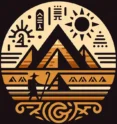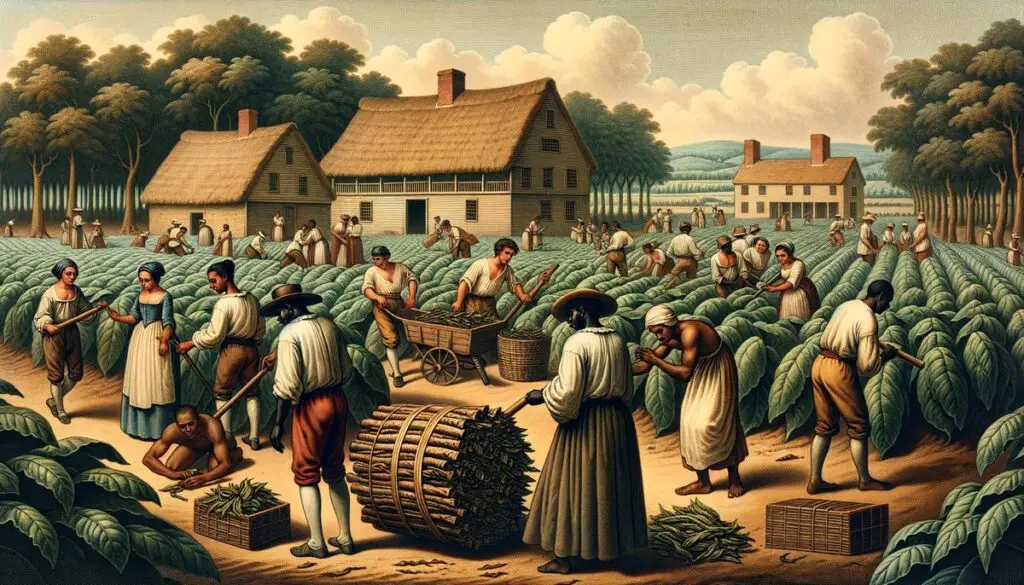Expedition Objectives and Outcomes
President Thomas Jefferson commissioned the Lewis and Clark Expedition shortly after the Louisiana Purchase in 1803. He sought a Northwest Passage—a water route linking the Atlantic and Pacific Oceans. Jefferson also tasked the Corps of Discovery, led by Meriwether Lewis and William Clark, with enhancing the American fur trade and asserting American sovereignty over the territory, especially among the Native American tribes.
As the expedition progressed from May 1804 to September 1806, its goals evolved due to practical encounters and geographic reality. No direct water route bridging the oceans was found; however, the mission significantly advanced American geographical and ecological knowledge. The Corps of Discovery mapped vast stretches of territory, charting rivers, mountain ranges, and tribal lands with unprecedented detail.
The expedition identified 178 new plant species and 122 animals, blurring the lines between discovery and science. Specimens like the bitterroot and animals such as the pronghorn antelope entered the annals of science, thanks to the detailed record-keeping and observations in the expedition journals.
Diplomatically, the expedition laid foundational stones for future negotiations and relationships with Native American tribes. The Corps often engaged in exchanges, bartering goods and securing vital assistance for their journey. The aid rendered by tribes like the Shoshone, under the guidance of Sacagawea, proved decisive, especially across the formidable Rockies.
Members like York, an African American slave, and Sacagawea, a Lemhi Shoshone woman, indicated the multifaceted human landscape of early 19th century America, highlighting themes of race, gender, and empowerment in historical narratives.
Clark's detailed maps enabled subsequent explorers and settlers to move with greater confidence into the west. The comprehensive descriptions and recordings from the journey significantly augmented understanding of the vast territory obtained through the Louisiana Purchase, framing how future generations would approach, settle, and govern these lands.
While some initial objectives like finding a Northwest Passage weren't achieved, the profound impact on America's geographical knowledge, native diplomacy, and biological science showcased a seminal moment of exploration and acquisition that reshaped the nation's trajectory.
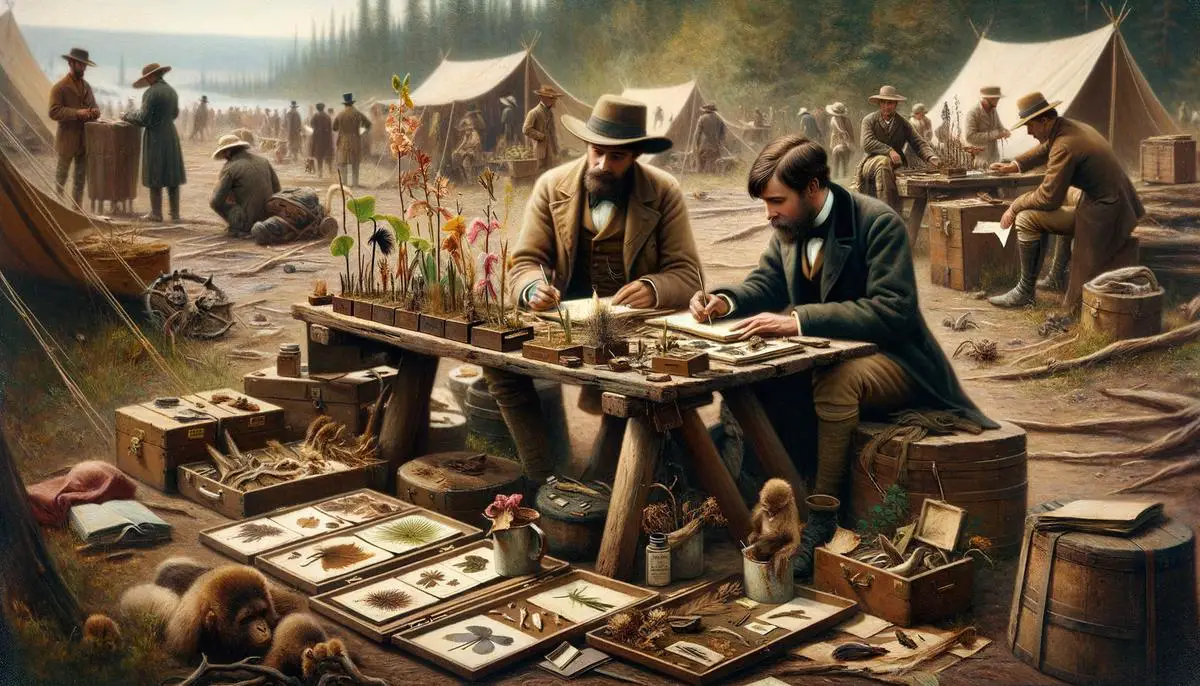
Challenges and Solutions
Traversing uncharted territories, the Corps of Discovery encountered numerous logistical and environmental hurdles. They pushed through endless rivers, thick forests, and imposing mountain ranges, devising innovative solutions to overcome these challenges. Crossing the formidable Rockies involved traversing paths obscured by thick snow, and maneuvering canoes through swift river currents posed significant risk.
Besides the physical obstacles, the expedition faced interpersonal challenges. Managing a diverse group required adept leadership and conflict resolution skills. Differences in background and opinion were transformed into opportunities to leverage the unique talents of each member.
The development of new navigational routes required experimental methods such as modifying canoes to adapt to different rivers or establishing terrestrial navigation techniques fit for unknown terrains. Lewis and Clark consulted their Indian allies for guidance while tweaking their forged path based on learned local knowledge.
When interacting with Native American tribes, diplomacy was intricate. The mission required peaceful engagement to gain allies, secure passage, and gather supplies. Rituals, formal speeches, exchange of gifts, and assurances of mutual benefit emphasized friendship and peace. This approach helped in gathering vital support and acknowledging indigenous sovereignties—setting a precedent for future American policies.
Tools and techniques in bridging language and cultural barriers were noteworthy. The use of sign language and Sacagawea's role as an interpreter were invaluable, helping minimize misunderstandings and foster critical relationships.
The expedition's encounters were not without tense moments. The conflict upon their accidental trespass into Blackfeet territories symbolized the boundaries of diplomacy and showcased the Corps' resilience needed to deescalate potential violence swiftly.
The culmination of these efforts was a real-world execution of trial and error methods, leading to a crafting of experience and knowledge that significantly eased travel for later explorers. Each difficulty addressed and every solution applied were embedded into the narrative of expansion, creating lessons which informed both subsequent exploration tactics and policy developments in dealing with new-encountered territories.
The expedition managed to turn a mosaic of challenges—from geographic adversities to intricate human relations—into a showcase of human ingenuity and adaptability. This journey charted a path across the continent and set foundational protocols on navigation and diplomacy which influenced the flowering narrative of an expanding America.
Role of Sacagawea
Sacagawea's involvement with the Lewis and Clark Expedition underscores one of the most pivotal roles undertaken by a Native American during early American expeditions. A young Shoshone woman, Sacagawea became integral not only as a guide through the treacherous, uncharted territories but also as a cultural broker between the expedition members and the various Native tribes they encountered.
Her journey with the Corps of Discovery began in February 1805 when she was just sixteen and heavily pregnant. Along with her husband, Toussaint Charbonneau, she was hired primarily due to her knowledge of the Shoshone language, which was central to the expedition's hope of horse trading with the Shoshone — crucial for crossing the Rockies.
One of the defining moments of her indispensability emerged when the expedition reached the territory of the Shoshone. It was here that Sacagawea realized she was among her people, culminating in an emotional reunion with her brother Cameahwait, who had become a Shoshone chief. This reunion eased the negotiations for the horses needed for the journey ahead—horses that were vital for navigating through the formidable terrains of the Rocky Mountains.
Furthermore, her experiential knowledge of geographic landmarks aided the expedition more than once. Her identification of significant regional landmarks, such as Beaverhead Rock, guided the team toward the correct passage through crucial river splits and mountain ranges, which might have otherwise led to perilous delays or misroutes.
Moreover, Sacagawea's presence served as a symbol of peace. Her appearance with the explorers signaled non-hostility to the tribes they encountered. This influenced the natives' receptiveness towards engaging rather than resisting this band of outsiders moving through their territories.
By bridging language barriers and exemplifying key examples of cross-cultural negotiation, Sacagawea served as a diplomat. She managed alignments that were critical in ensuring the journey could continue with minimal conflict. Her ability in this diplomatic theater was particularly noted at moments of acute need – such as the tense discussions with the Teton Sioux tribe where her input and mediations were divorced from traditional gunpoint diplomacy that could lead to skirmishes.
Sacagawea was as foundational to the completion of Lewis and Clark's Expedition as any compass, map, or diplomatic decree issued in Washington. Her distinct role speaks not only to her personal strength and intelligence but also enhances our understanding of how intrinsically vital Native knowledge and diplomacy were for European-based expeditions across North America. Her legacy, rightfully woven into the fabric of American history, continues to resonate as a powerful story of resilience, intelligence, and indispensable contribution.
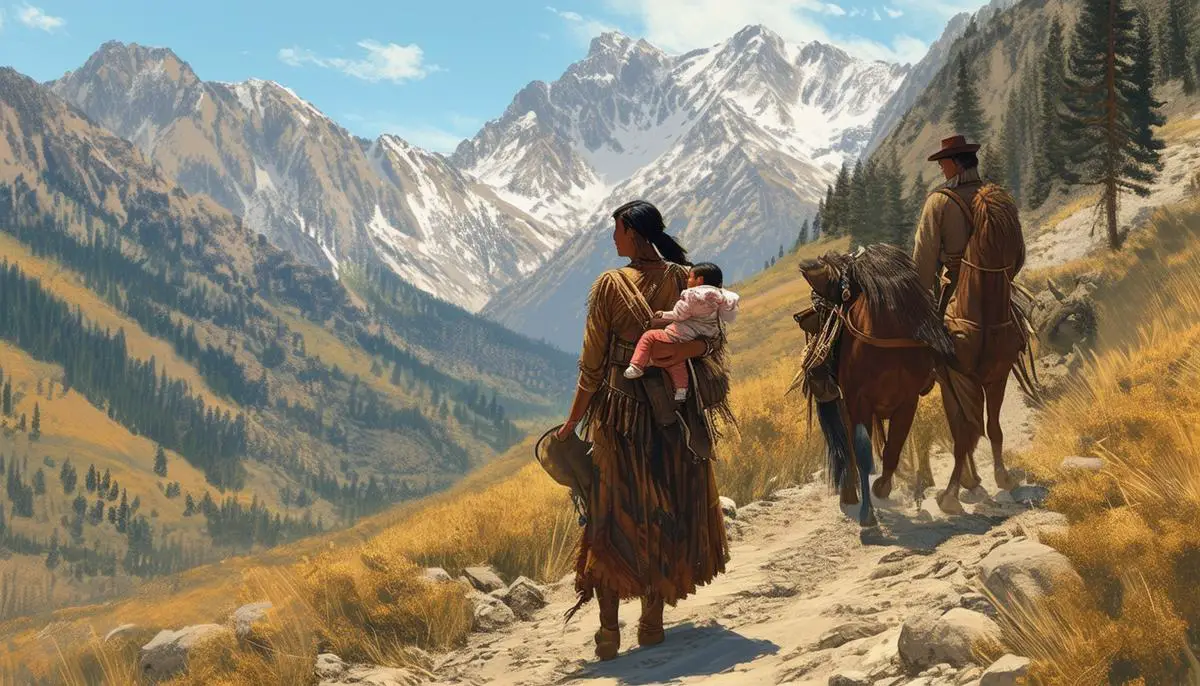
Impact on Native American Tribes
The Lewis and Clark Expedition marked a beginning to the convoluted transformations in the lives of Native American tribes. The encounter with over fifty native groups ranged from amicable exchanges to conflicts, shaping a multifaceted relationship that forecast the future for these indigenous people.
In the immediacy of the expeditions through their territories, tribes found their daily routines and trade routes disrupted. The novelty of the foreigner's apparels, equipment, and their iron boats on native passages piqued curiosity but similarly introduced foreign diseases, which proved fatal due to the absence of native immunity. The transmission of these sicknesses later resulted in drastic depletions of native populations, altering tribal dynamics.
Beyond disturbing hunting lands with their substantial retinue, the expedition inadvertently cascaded changes in existing native trade networks. Traditional bartering systems faced transformations as tribes were propelled towards trading with Euro-Americans for new goods and arms—a movement that gradually redefined power structures within and among tribes. By handing out metal-based goods and other trade items, Lewis and Clark altered the ingrained hierarchies and esteem structures among the tribal groups.
These peaceful contacts escalated to dependent economical changes that weren't solely beneficial. Such newly altered routes and transformations also previewed eventual territorial invasions by additional settlers, spurred on by documentation and the endorsed routes recommended by the pathfinders. These evolving trade paths were perhaps the early outlines to what would later become highways for Oregon Trail settlers displacing native stake to the lands.
The initial meetings set precedents for future American policies where native sovereignty often took second stage to manifest destiny ethos. The repercussions were extensive as lands previously cooperatively navigated became territories edged out for American planting and development leading to numerous Native American resettlement programs by the U.S. government.1
Aggravating these complications was a depreciative assault on cultural richness. As tribes adapted foreign lifestyles and commodities injected into their economies, their ancestral legacies underwent uninvited transformations. Yet, amid such disruptions, tribes protracted strategies of accommodation and resistance that shaped their enduring legacies and existences.
While Lewis and Clark's trails materially charted unknown territories for American expansion and ostensibly broke scientific grounds, they equally scribed harrowing pathways through spoken peace that altered Native lives. What we witness from these engagements were less of equitable cultural exchanges but the stark laying of pathways toward convoluted strains for territorial supremacy and cultural survival—the unintended legacies this grand expedition left traversed on native soil.
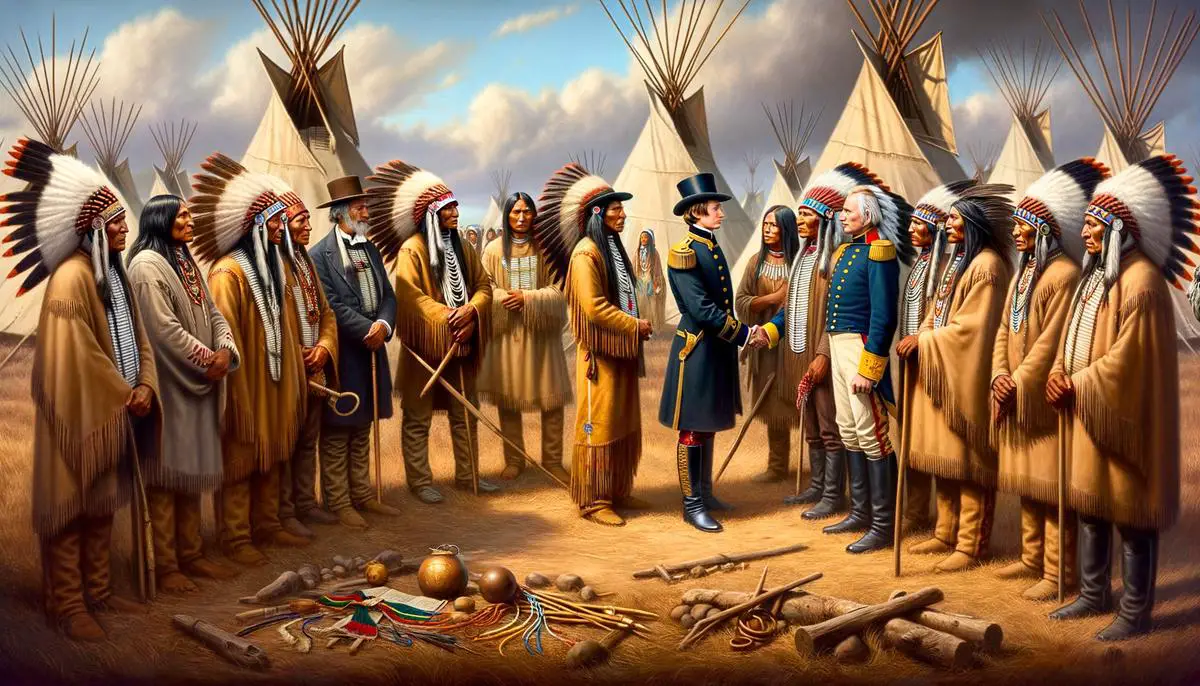
While the Lewis and Clark Expedition charted new territories and expanded scientific knowledge, its most enduring legacy lies in the nuanced interactions with Native American tribes, which set a complex precedent for future American expansion. These interactions, marked by both cooperation and conflict, highlight a pivotal moment in American history where exploration and cultural engagement began to redefine the landscape of a growing nation.
- Fixico DL. Federal and state policies and American Indians. In: Deloria PJ, Salisbury N, eds. A Companion to American Indian History. Wiley-Blackwell; 2004:379-396.
- Space Race Analysis - April 28, 2024
- Native American History - April 27, 2024
- Lewis and Clark Expedition - April 26, 2024
